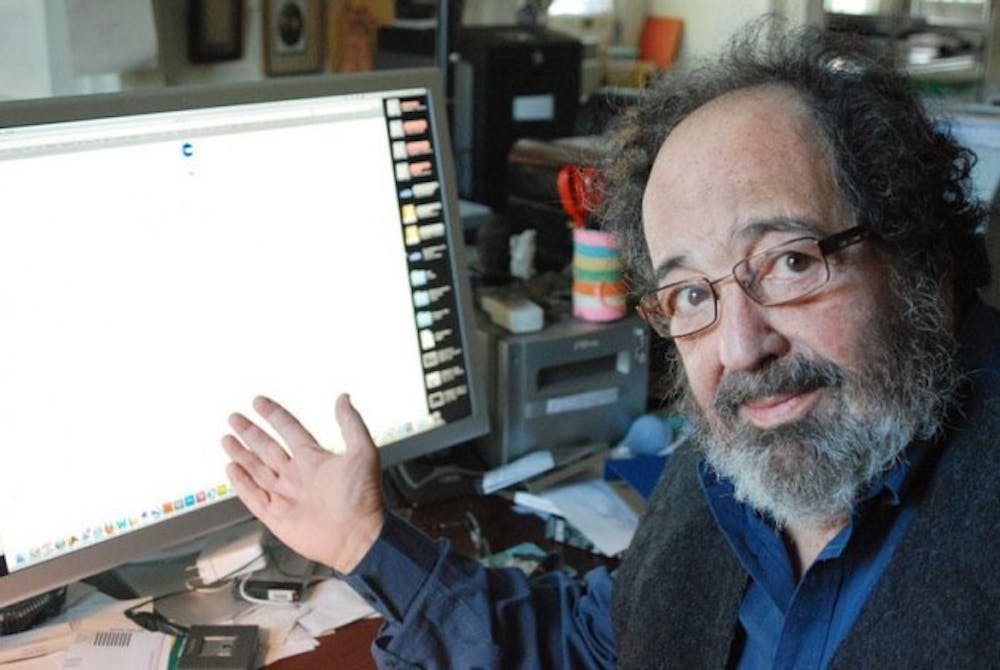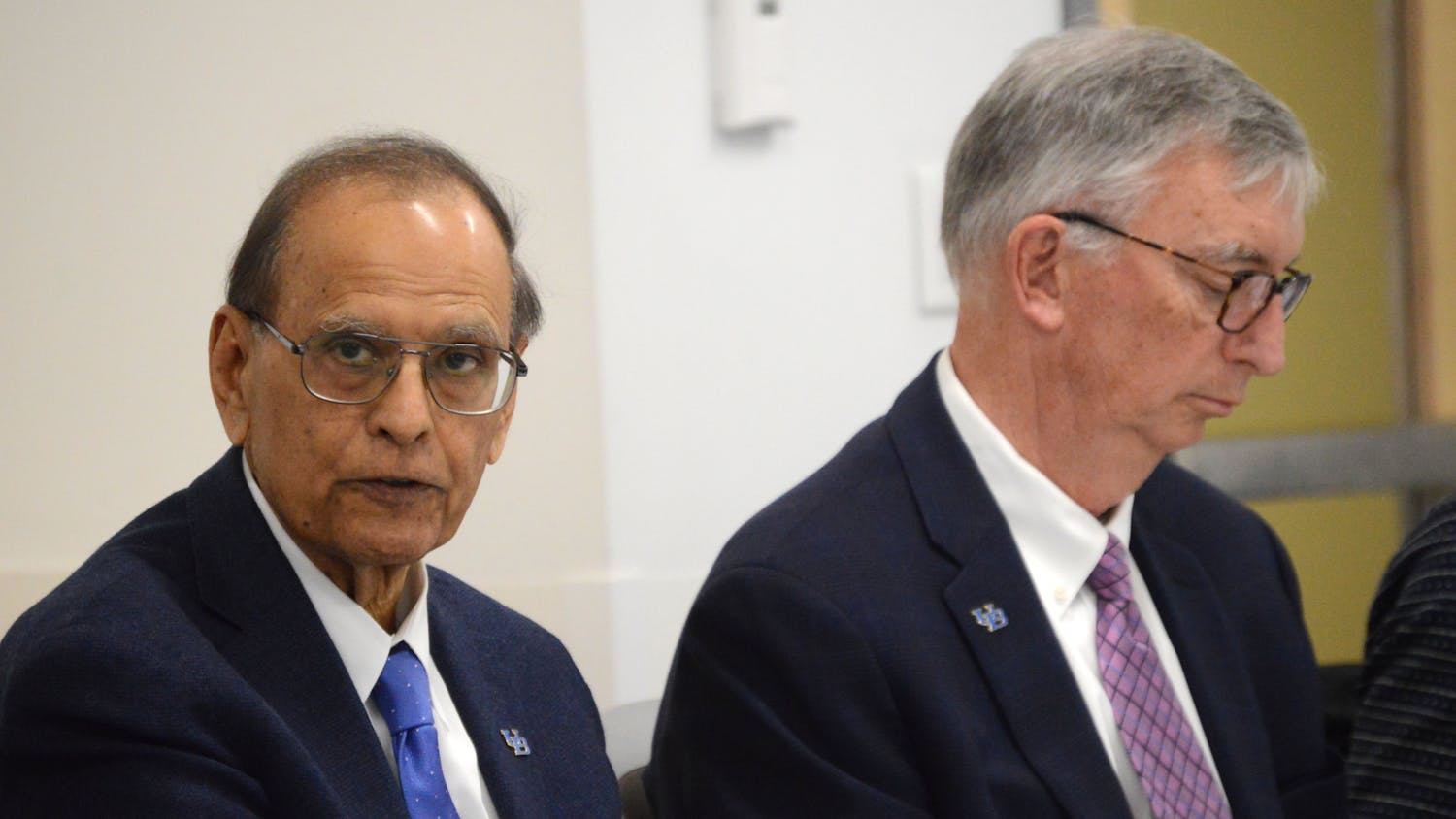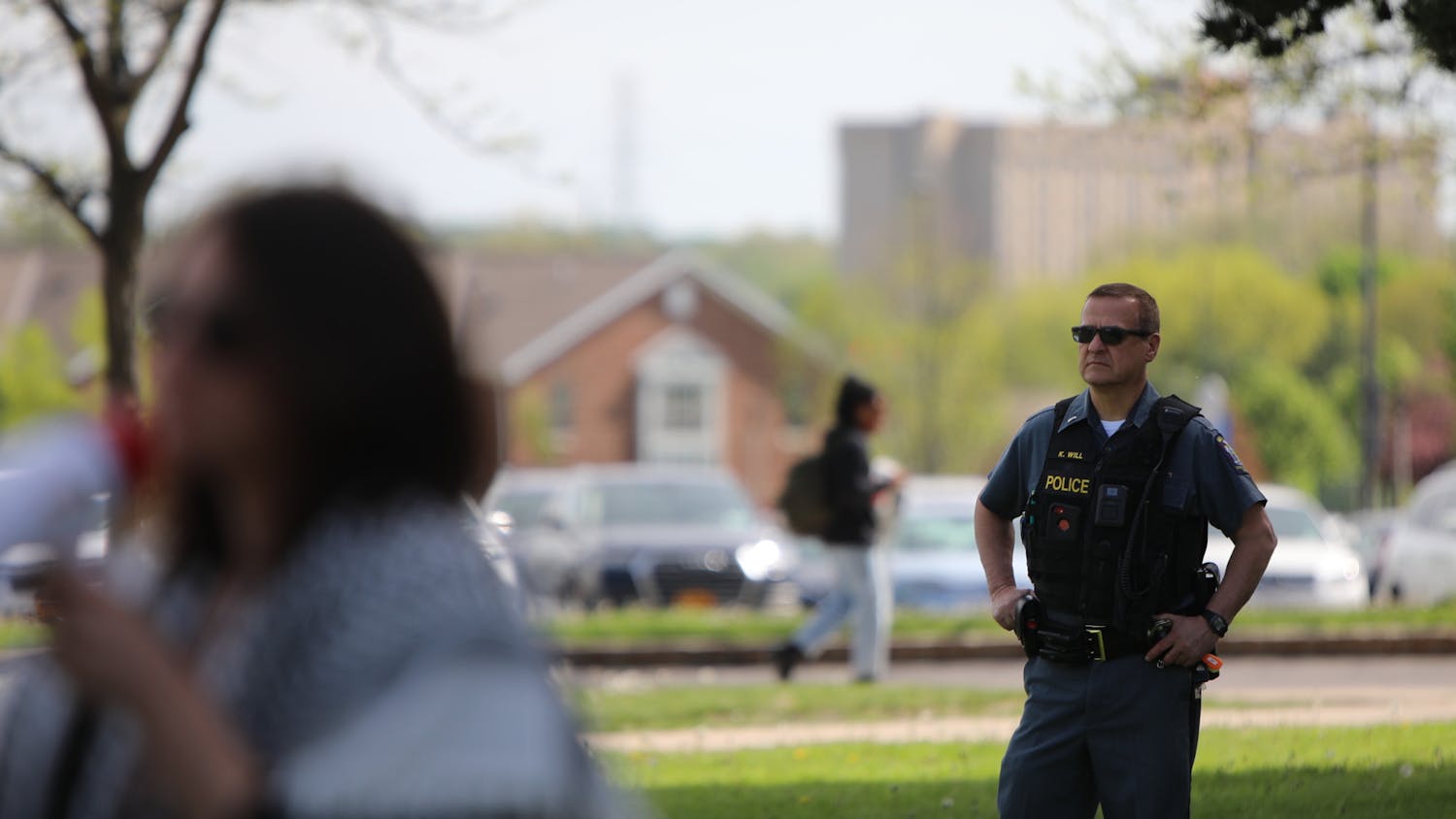The first month of the semester has been one full of adjustments for students.
Whether it be figuring out the new financial aid policies or deciding what classes to take and in time to meet the new add/drop deadline, it's certain that stress levels have been at an all-time high.
Enter the HUB and enter its $16 million price tag.
One of the most polarizing concepts currently in the UB community, the HUB – a PeopleSoft product as part of the company Oracle – has been at the forefront of debate circles since its introduction late in the Spring '11 semester.
"I don't know who the villains of this piece are," said Bruce Jackson, a Distinguished Professor in English. "I don't know at what level this thing was designed, made, or implemented…I have no idea who is behind this piece of villainy."
Oracle designed the HUB and the university just foots the bill – which is in line with similar projects in terms of cost, according to Director of Media Relations John Della Contrada – as opposed to the previous system that UB maintained itself.
According to Vice Provost and Dean of Undergraduate Education A. Scott Weber, the old MyUB system was in place for about 18 years and required a great deal of yearly maintenance.
Della Contrada said in an email that it would be very difficult, if not impossible, to come up with how much the old system cost UB each year. But he did say that the cost for staff alone would exceed the cost of the HUB project.
"The PeopleSoft product was chosen, not for cost but, because of its high degree of functionality," Weber said. "A transition from [the old] systems to Oracle PeopleSoft [allowed] us to integrate our many, often duplicative, systems, creating an effective infrastructure with the flexibility, efficiency and capacity that UB needs to realize our vision for the future."
Many systems were considered according to Weber, but PeopleSoft was chosen because UB thought it best fit its needs. The university Executive Steering Committee accepted the recommendation to go with the HUB partly because the system has worked well for fellow SUNY schools, Albany and Stony Brook.
After reaching out to both school's media relations office, Albany refused "participation" in this article and Stony Brook has yet to get back to The Spectrum after an initial request for information on their experiences with Oracle.
Another improvement that Weber highlighted is that the new HUB system offers students real-time information regarding financial actions, class scheduling, and registration. HUB is also available until 2 a.m. as opposed to the old system, which was only accessible until 11 p.m.
But not everyone thinks that the old system was a significant problem.
"It seems to me a technological solution to a problem that did not previously exist," Jackson said. "It's made some of my work far more difficult."
Lance Rintamaki, an assistant professor in communication, has struggled getting used to the new HUB system. He likes to print out a class list every semester with each student's head shot to help with names, but says that isn't possible anymore with HUB.
"Whenever you do such a massive technological overhaul of a system that has been in place for some time, you're bound to have a whole host of different problems as things get up and running; that's certainly what we've experienced so far," Rintamaki said.
Joe Herman, a senior electrical engineering major, understands the direction UB is going in by implanting the HUB system. He admitted that it seems more organized but also thinks the user interface is horrible and that UB expecting 30,000 people to use a system so user unfriendly is terrible.
"It's like the system was made by computer engineering grad students throwing together a project with total disregard to design or ease of use for anyone," Herman said. "Or maybe they're one of those engineering professors who could tell you how a processor is made, but doesn't understand why YouTube still plays sound when he minimizes Firefox."
Some students – mainly first or second year students that really weren't as familiar with the old system – like the new HUB system.
"It's useful being able to access everything from a central source," said Kate Mehallow, a freshman environmental engineering major. "I don't have anything to compare it to like the upperclassmen, but from a freshman perspective the HUB is a great way to keep track of everything at once."
The HUB was tested thoroughly and it took roughly three years to implement completely, according to Weber. He said it will take a complete academic cycle before the HUB will be issue free.
Weber also said that student focus groups were used to get feedback on the system, but some students felt there wasn't enough apparently.
"The administration should have gotten the students' opinion before making these major overhauls," said Paul Stephan, a sophomore urban and public policy major. "I'm sure that, if any student had had the chance to see the HUB before it came out, they would have suggested some serious improvements. The fact that the HUB is so dysfunctional is evidence enough that no students were given the opportunity to see it before it was rolled out."
Judy Lam, a first year pharmacy student, liked the idea of the HUB, but like Stephan, thought its implementation was "messy."
"The planning of change this large, a change that affects the entire UB population, should have been more thorough," Lam said. "That way any problems could have been predicted and prevented, and all the delays and trouble this summer and fall wouldn't have happened. The old system was perfectly functional; we all could have used it for another year while HUB was perfected."
After talking with dozens of students about the transition to HUB, the main issue they had with the change was the lack of communication during the process from UB. Admittedly by the administration, the communication between UB and its students is an area that needs improvement.
"I'm not sure there is any one [communication] mechanism that's perfect," Weber said. "So we're trying to reach out to student groups to see what's the best way to communicate. I'm looking forward to meeting with student groups…We're really committed to this."
Additional reporting by Rebecca Bratek and Steven Wrobel.
Email: news@ubspectrum.com





